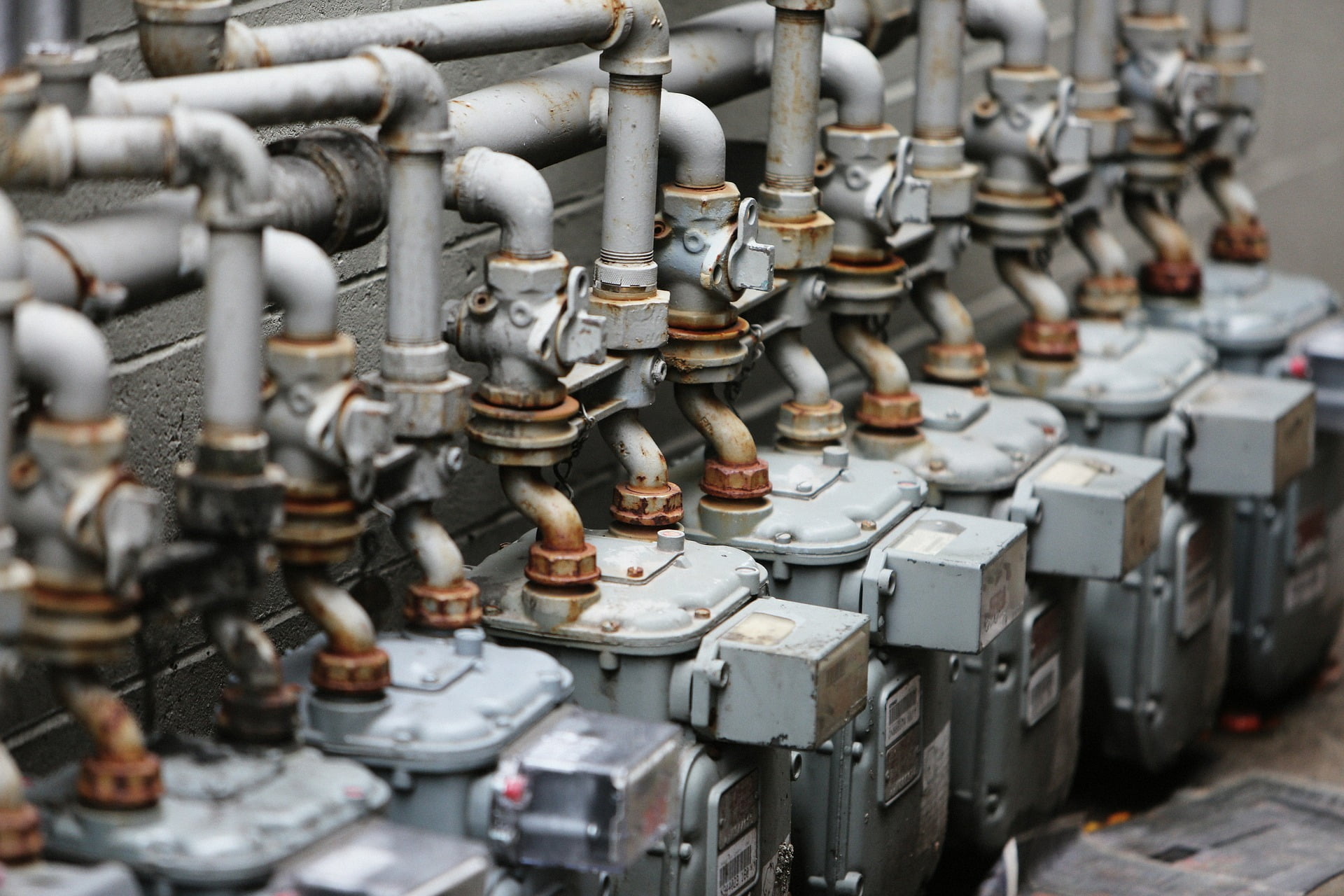Did you know that the wholesale cost of your electricity accounts for less than half of the overall bill? There are several other elements that make up your bill, known as non-commodity costs, and they can be broken down into four main areas: Network costs; supplier operating costs; government costs; and supplier profit.
It is the first of these – Network costs – that is set to change significantly for some consumers following the outcome of Ofgem’s Targeted Charging Review.
Network costs include all the costs to transport your energy from its source to your premises. They are made up of costs that support the transmission network, called Transmission Use of System charges (TNUoS) – that is the pipes that move large amounts of energy across long distances – and costs that support the distribution network, called Distribution Use of System charges (DUoS) – that is the pipes that take the energy from the transmission network into individual buildings. There is an additional charge, called Balancing Services Use of System charges (BSUoS) that allows the National Grid to recover the cost of keeping the entire network in balance.
Historically, TNUoS and DUoS charges were recovered from customers based on the amount of energy consumed, combined with when and where the energy consumption took place. Increasingly, large industrial users were able to avoid their share of the costs by reducing their demand on the grid at peak times through on-site generation or energy storage.
Ofgem is seeking to make the system fairer by lowering the effect of time-sensitive cost attribution and redistributing the share of the Network costs. The revised charging system will introduce fixed banded prices, which will mean that consumers of a similar type in the same geographic area will pay the same charge towards network costs.
Non-half-hourly consumers connected to the low-voltage network will be assigned one of four price bands based on their annual consumption.
Half-hourly consumers will be allocated a charging band based on their voltage connection and then further segmented based on their agreed capacity level. For them, it is critical that the kVA set for their premises is matched to their consumption, or they risk paying more than they need to.
In practice, the financial implications of the reform will hit some consumers harder than others. This is because those classed as Energy Intensive Users (large industrial consumers) are protected from increased costs in order to allow them to continue to compete globally, while those non-domestic consumers with a moderate level of energy consumption will face an increased share of the costs.
The changes are set to be implemented from April 2022 (previously 1st April 2021 but pushed back by Ofgem), which means that if you are a non-domestic consumer with a moderate level of consumption your costs will go up. If you are on a fixed price contract that extends beyond April 2022, you will likely see your supplier invoke the change of law clause and pass on the extra cost to you.
We’ve collated some frequently asked questions about what this change could mean depending on what type of contract you’re on.
If you are in any doubt about what this significant reform means for you, contact your Relationship Manager.








